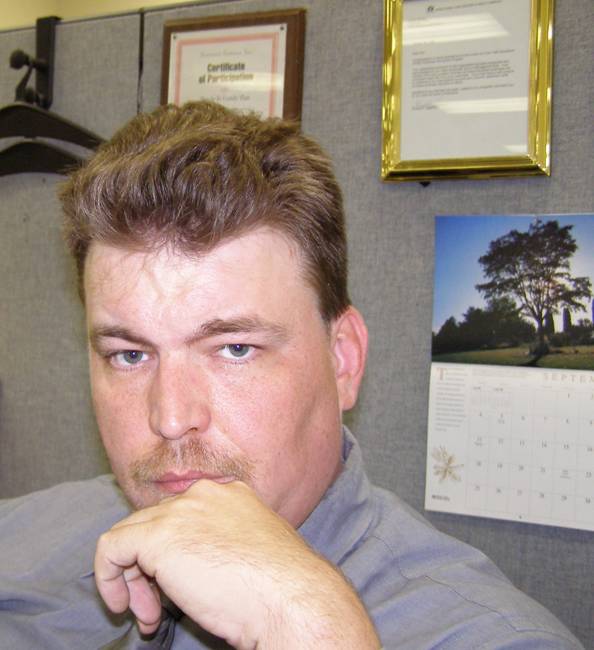The media, whether in print or on film, have alternated depictions of the great Indian Wars over the years, largely in response to the prevailing mindset of society regarding the plight of the Native Americans themselves. For example, in the first half of the twentieth century, when American pride was booming and the great patriotic fervor seized the country during and following the Second World War, the battles were depicted as grim, hardfought contests, with thin lines of blue-coated troopers forming doomed stands against hordes of well-armed, murderous warriors. In the late Sixties and Seventies, when the Vietnam War had many Americans questioning the effectiveness of the military and the very nature of warfare itself, the battles began to be examined differently. Now the well-armed, well-fed, disciplined regulars marched in and brazenly destroyed ragtag bands of peaceable Indians, putting women and children as well as men to the sword and the torch.
So where was the truth?
General John Gibbon, a corps commander in the Union Army during the Civil War and later a Colonel with field command against the Sioux and Cheyenne, described the “glory” to be gained in Indian fighting as “being shot from behind a rock by an Indian and having your name misspelled in the newspapers.”
Native American warriors were regarded by several of the commanders who fought them as “the finest light cavalry in the world.” Man for man, the Indian who lived by his fighting and hunting skills, was faster, stealthier, and better skilled in combat than the mostly city-bred white cavalry troopers ranged against him. The Indians were better marksmen, better at unarmed combat, and better at knowing and using the intricacies of terrain against an opponent. In fact, there were really only two areas in which the troopers held any real advantages – the discipline of a regimented Army unit was completely unknown to Indians, who never gave more than a tacit nod toward granting true authority to their chiefs, and the effective range of the carbines carried by the cavalry was superior in stopping power and accuracy to the bulk of the weapons carried by the Indians.
The “peacetime” Army, stripped of its massive numbers of volunteers gathered during the Civil War, moved from having 13,000-15,000 man corps to fielding entire expeditions with portions of a single regiment. The bulk of the fighting was done at the company level, and a cavalry company numbered about 40 to 45 men. As an example, the Custer fight resulted in the loss of Custer and every man under his command, which sounds to the student of the Civil War like an inconceivable bloodbath, since Custer’s brigade probably numbered some 5,000 men during the War. When he entered the valley of the Little Big Horn, however, he had somewhere in the area of 225 men, and this was the combined strength of five companies – nearly half the regiment.
The Seventh, despite its reputation as an “elite” regiment, was made up of the same stuff as the rest of the frontier Army – career men, skulkers, ne’er-do-wells, and a newer breed of mine-seekers. Many men in the early 1870’s joined the Army specifically to get a posting out West with the full intention of deserting at the first travel opportunity and making their way to the gold and silver mines in the Black Hills or farther West in California. Many were immigrants with very little English, looking for an opportunity to hold a job and get room and board for a couple of years while they learned the language and customs of their adopted land. For all their reputation as crack Indian fighters, Custer’s Seventh had seen comparatively little action besides the attack on Black Kettle’s band on the Washita River, and even that expedition had not been without loss.
Government committees found that it cost the taxpayers approximately a million dollars to kill a single Indian in battle. Problems of supply and logistics were exponential when dealing with the long expanses of open prairie, mountain ranges, precipices, and deserts of the West. Indian camps were highly mobile affairs, ready to fold up and move in a matter of minutes in case of attack, and the predominant problem, the thorny dilemma that obsessed not only Custer, but virtually every other field commander in the Army, was how to bring the Indians to battle in a stand-up fight. Much has been made of the Army’s policy of attacking villages with non-combatant populations of women and children, but it was the only countermeasure available to a ponderous Army that simply did not have the speed and mobility of the columns of Indian warriors.
Native American warriors also had vastly different ideas of warfare than their white counterparts. White soldiers saw victory as being something tangible and gained by the force as a whole – your forces hold the field at the end of the engagement, the enemy is forced to retreat or surrender, etc. For the Indians, victory was something that was measured only in terms of individual achievements – this warrior captured ten ponies, this one scalped two enemies, this one counted the first coup and so on. Because of the highly individualized concepts of the Native Americans, the idea of surrendering in battle was completely incomprehensible. Prisoners taken by Indian warriors would be seen as cowards, as unworthy of any treatment other than slow torture and death.
Therefore the watchword for frontier troops was “Save the last bullet for yourself.”
Tuesday, June 20, 2006
Subscribe to:
Post Comments (Atom)

No comments:
Post a Comment